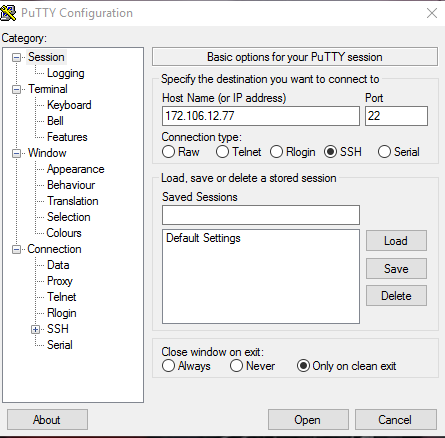


and you have a 80ies workstation screen: Startx ~/test - /usr/bin/Xnest -ac :1 -geometry 800圆00 As I said, most new systems do not have sensible defaults for startx alone.).
Linux startx not working install#
Sudo apt-get install xfonts-100dpi xfonts-100dpi-transcoded xfonts-75dpi-transcoded xfonts-75dpiī) write this file somewhere, for example in you home dir, and call it ~/test: #!/bin/bashĬ) Run (notice: startx is normally run with first the client command, then a double dash, and then a server command. Fvwm is a very simple window manager which was very popular back then. Xnest is a graphic server-within-a-server, a kind of server that will open as a window in your normal system. If you want to experiment and the feel the good old times, the best thing is doing the following:Ī) install Xnest and fvwm. Modern systems are thought from the bottom up to have a graphical system running all the time, so no one has probably checked the working of startx for ages - that explains a lot of strange behavior you can have. By default the commands that are run are in ~/.xinitrc file in your home directory, or some generic system file otherwise. Startx basically runs an Xserver (the graphical "driver") and a command which run on it, which is typically a window manager. So when you needed a graphical interface you just started it with startx (2). Most Unix computers were used for scientific computations and simulation in multi-user environments, and the graphic interface running on them would reduce the memory and CPU power available to them. Once upon a time(1), when the memory of the computers was measured in kilobytes and the disks in megabytes, running the graphic interface all the time was considered harmful.


 0 kommentar(er)
0 kommentar(er)
